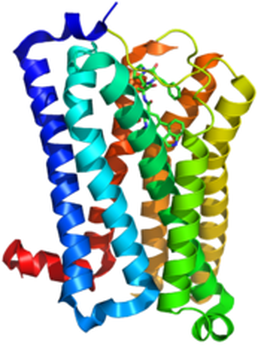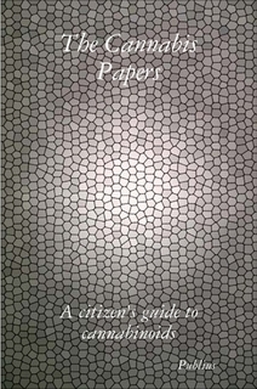Something for 2018 ~ Gut instinct is bidirectional
Serotonin, tryptophan metabolism and the brain-gut-microbiome axis
Behavioural Brain Research
15 January 2015: Pages 32-48
S.M. O’Mahony, et al
The Abstract as Poem
(Or, A Microbiota Ode to the Brain-Gut Axis)
The brain-gut axis is
a bidirectional communication system
between the central nervous system
and the gastrointestinal tract.
Serotonin functions as a key neurotransmitter
at both terminals of this network.
Accumulating evidence points to a critical role
for the gut microbiome
in regulating normal functioning of this axis.
In particular,
it is becoming clear
that the microbial influence on tryptophan metabolism
and the serotonergic system
may be an important node in such regulation.
There is also substantial overlap
between behaviours influenced by the gut microbiota
and those which rely on intact serotonergic neurotransmission.
The developing serotonergic system may be vulnerable
to differential microbial colonisation patterns
prior to the emergence of a stable adult-like gut microbiota.
At the other extreme of life,
the decreased diversity and stability of the gut microbiota
may dictate serotonin-related health problems in the elderly.
The mechanisms underpinning this crosstalk
require further elaboration
but may be related to the ability of the gut microbiota
to control host tryptophan metabolism along the kynurenine pathway,
thereby simultaneously
reducing the fraction available for serotonin synthesis
and increasing the production of neuroactive metabolites.
The enzymes of this pathway are immune and stress-responsive,
both systems which buttress the brain-gut axis.
In addition,
there are neural processes in the gastrointestinal tract
which can be influenced
by local alterations in serotonin concentrations
with subsequent relay of signals
along the scaffolding of the brain-gut axis
to influence CNS neurotransmission.
Therapeutic targeting
of the gut microbiota
might be a viable treatment strategy
for serotonin-related brain-gut axis disorders.
Here’s to Buttressed Happy Guts in 2018!
*Next Up: 1 February 2018 and a 2020 Update.
Posted by Bryan W. Brickner




 RSS Feed
RSS Feed
